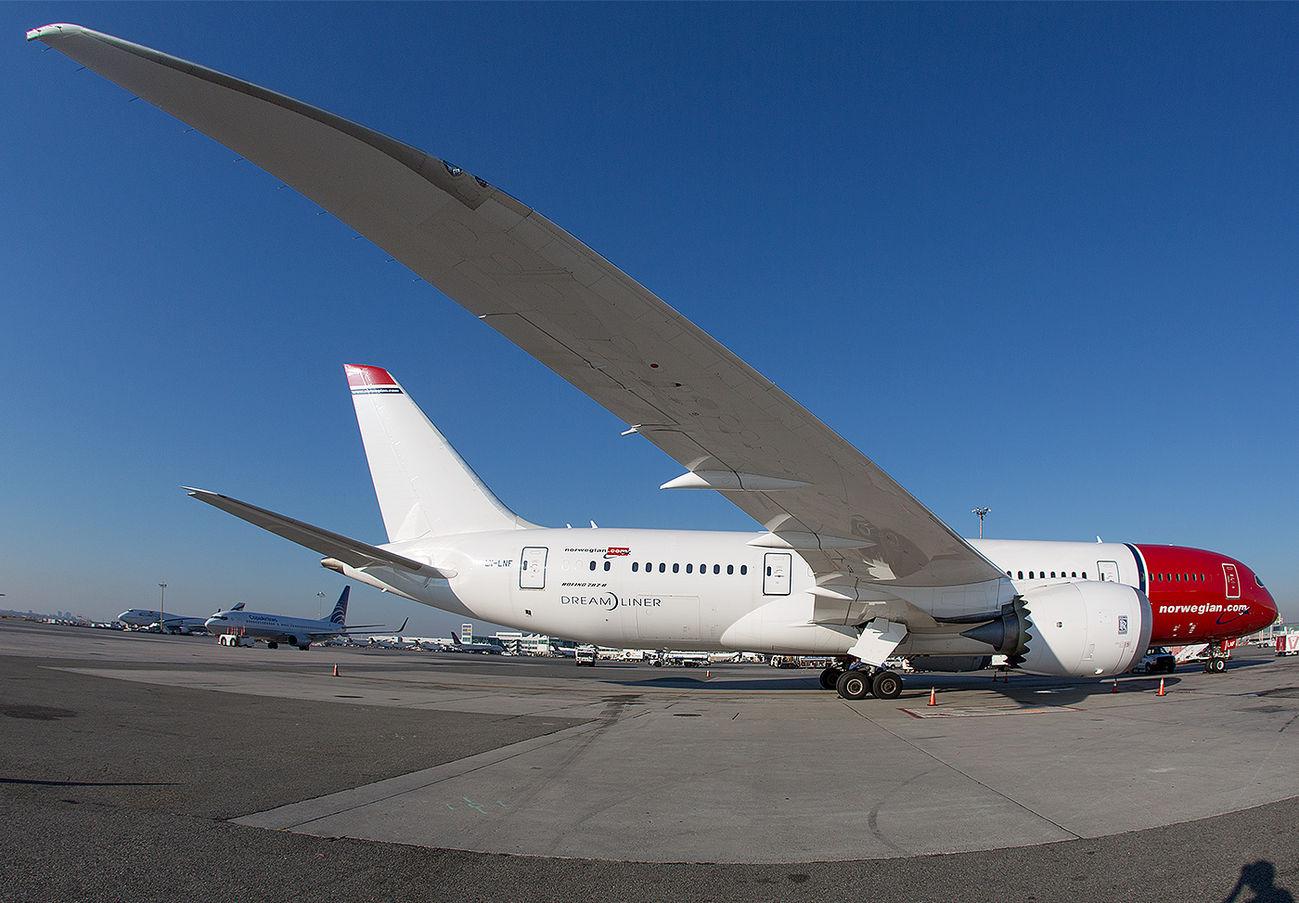
Although overall MRO demand is expected to remain depressed this year, one bright spot may be an uptick in lease-end and transition checks and modifications as aircraft are rejected by lessees and move between operators.
This is currently in evidence in Shannon, Ireland, where Norwegian is flying its 787s for checks ahead of return to lessors as the airline pursues a restructuring plan to cut all long-haul and widebody flying.
Helping this trend will be a number of airline start-ups planned for 2021, either by companies that have delayed their plans from 2020 or those that spot gaps in the market following failures of previous incumbents.
One example of this is REX in Australia, which picked up ex-Virgin Australia 737s while that carrier was in administration and plans to expand into mainline domestic operations from 1 March.
Through 2021, IBA estimates that the number of stored aircraft will fall from about a third to a fifth of the global fleet.
In all, there were 33 airline failures involving 625 aircraft in 2020, according to consultancy IBA, which also noted a further 900 aircraft in the fleets of the 11 airlines that sought creditor protection last year.
Of course, many of these may not find new homes, while lessors have proved loath to repossess aircraft given slack onward demand, even to the extent granting concessions, such as flight-hour-based rents, that were dismissed out of hand at the start of the crisis.
Furthermore, bailout packages from many governments will allow many large airlines to limit their divestments – for now, at least.
On the other hand, some new money has entered the leasing space from private equity firms looking to benefit from lower prices, which may give some existing lessors an exit route for stranded assets.





